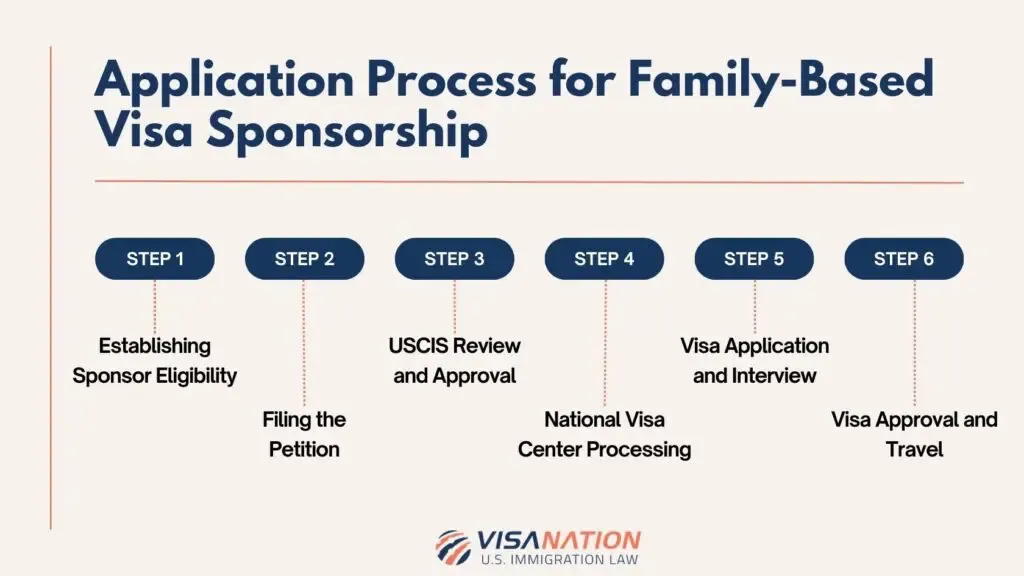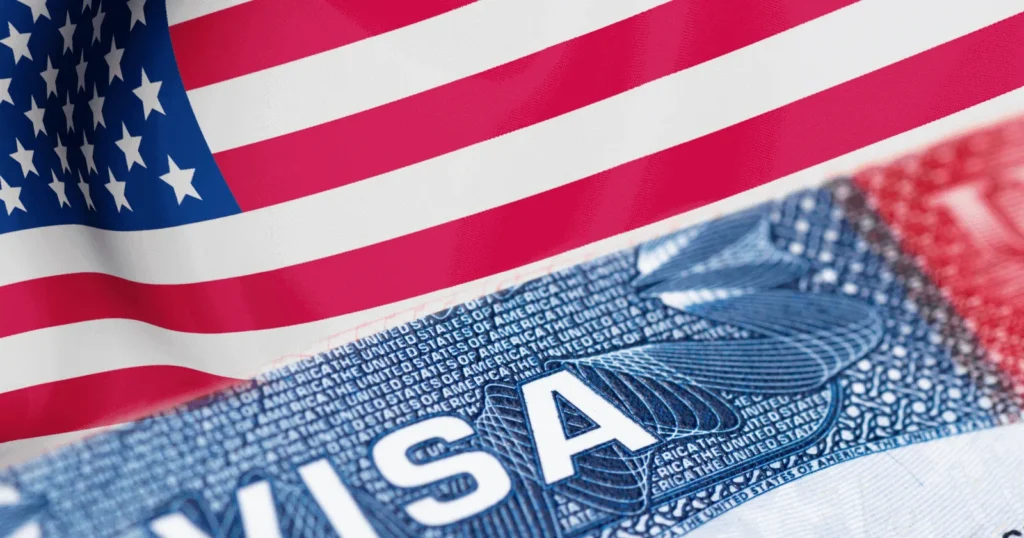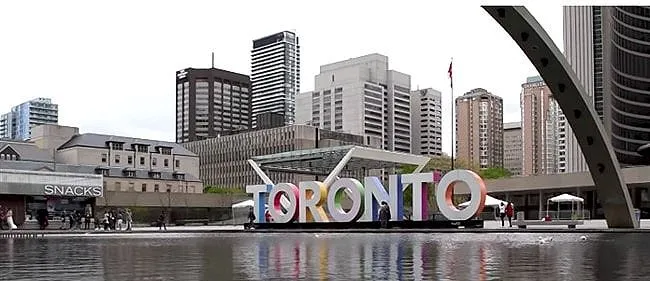Canada is a top destination for travelers, students, and job seekers from around the world. Whether you’re looking to explore its breathtaking landscapes, pursue higher education, or start a new life, understanding how to travel to Canada as a foreigner is essential. This guide covers the most popular pathways, requirements, and tips for a smooth journey.
Submit your Info!
Understanding Your Purpose of Visit
Before planning your trip, you need to clearly define your purpose. Canada offers several visa categories, each designed for a specific reason to enter the country. These include:
-
Tourism and short visits
-
Work opportunities
-
Education and study programs
-
Permanent residency or immigration
1. Tourist Visa (Visitor Visa)
A tourist visa, also known as a visitor visa, allows foreigners to visit Canada for tourism, family visits, or business purposes for up to six months. It is a temporary resident visa and can be either single-entry or multiple-entry.
How to Apply:
Apply online or at a Canadian visa office in your country. Submit required documents, including a completed application form, photographs, and any supporting documents.
2. Study Permit
A study permit allows international students to study at designated learning institutions (DLIs) in Canada. The study permit is usually valid for the length of your study program plus 90 days.
How to Apply:
Apply online or at a visa application center. Submit your acceptance letter, proof of funds, passport, and other required documents. Some students may also need to provide biometrics and a medical exam.
3. Work Permit
Work permits allow foreigners to work in Canada for a specific employer, in a specific job, and often for a specific period. There are two main types of work permits: Employer-Specific Work Permit and Open Work Permit.
How to Apply:
Apply online or at a visa application center. Submit the job offer letter, proof of qualifications, passport, and any other required documents.
4. Express Entry Program
Express Entry is a points-based immigration system that manages applications for three economic immigration programs: Federal Skilled Worker Program, Federal Skilled Trades Program, and Canadian Experience Class. Candidates are ranked based on their skills, work experience, language ability, education, and other factors.
How to Apply:
Create an online Express Entry profile and submit the necessary documents. If you receive an ITA, complete the permanent residence application and submit it within 60 days.
5. Family Sponsorship
Canadian citizens and permanent residents can sponsor certain relatives to come to Canada as permanent residents. Eligible relatives include spouses, common-law partners, dependent children, parents, and grandparents.
How to Apply:
The sponsor submits a sponsorship application to Immigration, Refugees, and Citizenship Canada (IRCC). The sponsored family member submits a permanent residence application.
6. Business Immigration Programs
Canada offers several immigration pathways for entrepreneurs, investors, and self-employed individuals through federal and provincial business programs. Programs include the Start-Up Visa, Self-Employed Persons Program, and various provincial entrepreneur programs.
How to Apply:
Submit an application through the specific business immigration program you qualify for. Provide business plans, proof of funds, and other required documents.
7. Asylum and Refugee Status
Canada offers protection to individuals who are fleeing persecution in their home country and are unable or unwilling to return. Refugees can apply for asylum either from within Canada or through resettlement from abroad.
How to Apply:
Apply at a port of entry or from within Canada if you are already in the country. Seek help from organizations that assist refugees and asylum seekers.
Tips to Relocate to Canada with Visa Sponsorship
Relocating to Canada with visa sponsorship can be a life-changing opportunity. Whether you’re seeking better career prospects, education, or a higher quality of life, understanding how to secure a sponsored visa is crucial. Below are key tips to guide you through the process effectively.
1. Understand Visa Sponsorship in Canada
Visa sponsorship means an employer, educational institution, or a family member in Canada supports your visa application. The sponsor is responsible for providing required documentation and ensuring you meet Immigration, Refugees, and Citizenship Canada (IRCC) requirements.
Common Visa Sponsorship Categories:
- Work Visa: For skilled and unskilled workers.
- Study Visa: For international students with institutional support.
- Family Sponsorship: For relatives of Canadian citizens or permanent residents.
2. Identify Jobs Offering Visa Sponsorship
Certain industries in Canada frequently offer visa sponsorship to address labor shortages. Key sectors include:
- Healthcare: Nurses, caregivers, and medical practitioners.
- Information Technology: Software developers, cybersecurity experts.
- Engineering: Civil, mechanical, and electrical engineers.
- Agriculture: Farmworkers and fruit pickers.
- Construction: Skilled trades like electricians and welders.
3. Leverage the Express Entry Program
The Express Entry System is Canada’s primary immigration pathway for skilled workers. Employers can hire foreign workers and provide sponsorship through this system.
How to Increase Your CRS (Comprehensive Ranking System) Score:
- Gain relevant work experience.
- Improve English or French language proficiency.
- Obtain Canadian education or certifications.
- Secure a job offer with sponsorship.
4. Provincial Nominee Programs (PNP)
PNPs allow Canadian provinces to nominate foreign workers for permanent residency. Many provinces have streams targeting occupations with labor shortages.
High-Demand Provinces with Sponsorship Potential:
- Ontario (Ontario Immigrant Nominee Program – OINP)
- Alberta (Alberta Advantage Immigration Program – AAIP)
- British Columbia (BC Provincial Nominee Program – BC PNP)
5. Network and Build Connections
Building professional relationships can increase your chances of finding a sponsoring employer.
Ways to Network:
- Join LinkedIn groups related to your industry.
- Attend virtual job fairs hosted by Canadian organizations.
- Engage with Canadian recruitment agencies specializing in immigration.
6. Prepare a Strong Application
A well-prepared application increases your chances of securing sponsorship. Ensure the following:
- Tailor your résumé to Canadian standards.
- Write a compelling cover letter emphasizing your skills and willingness to relocate.
- Obtain necessary certifications and credentials.
7. Family Sponsorship
If you have close relatives who are Canadian citizens or permanent residents, they may be able to sponsor you to immigrate to Canada.
Eligible relations include:
-
Spouses or common-law partners
-
Dependent children
-
Parents and grandparents
Keyword optimization: Canada family sponsorship, sponsor family to Canada, immigrate to Canada with family
Final Tips Before You Travel
-
Apply early: Processing times vary depending on your country and visa type.
-
Double-check requirements: Each visa has specific documents and eligibility conditions.
-
Stay updated: Visit the official Government of Canada Immigration Website for the most accurate info.
There are many legal and accessible ways to travel to Canada as a foreigner. Whether you’re visiting temporarily or planning to stay permanently, understanding the different travel options is key. Always research thoroughly and prepare your documents to ensure a smooth and successful journey to Canada.



